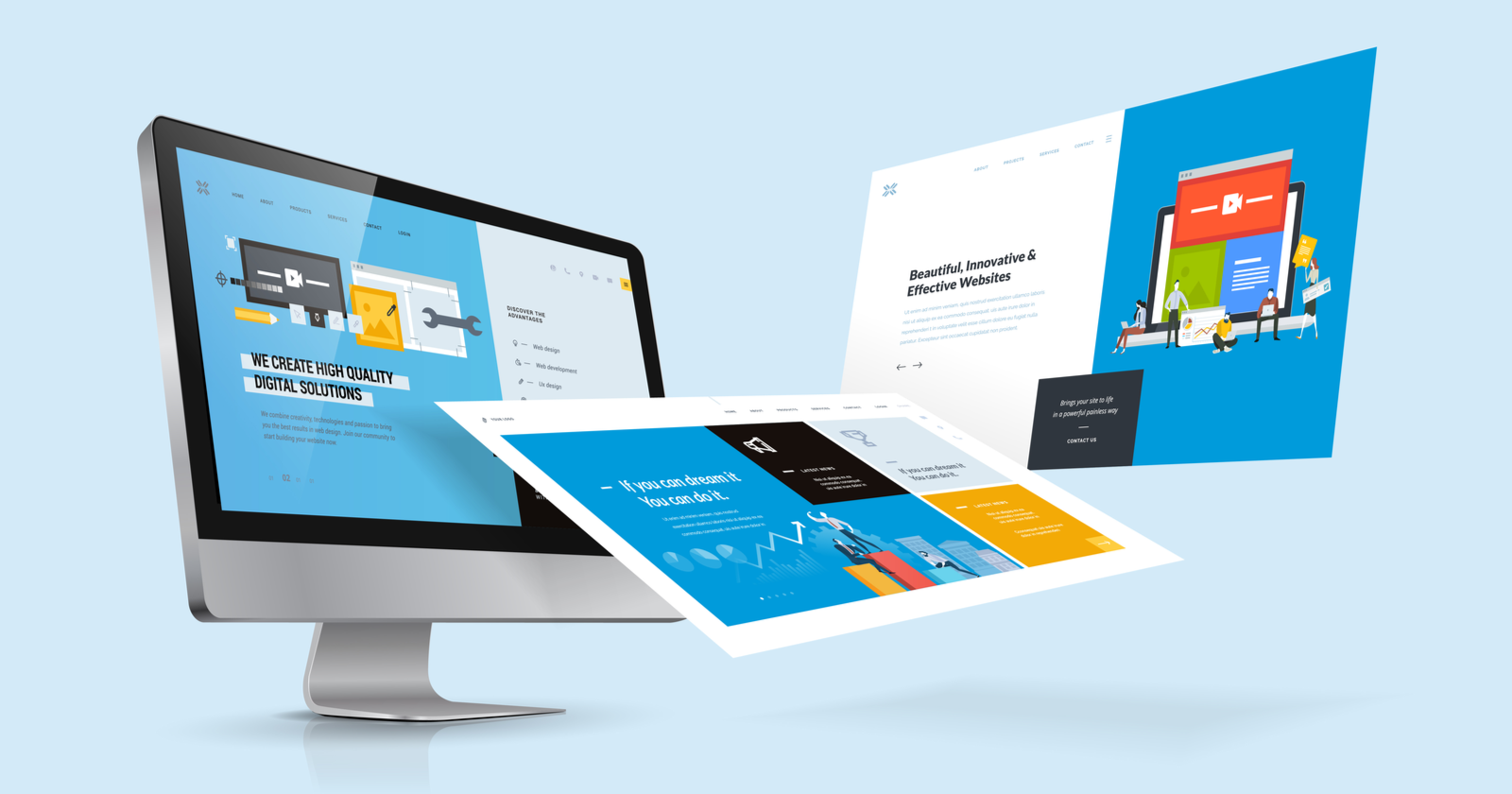
Importance Of Combining SEO With Web Design
What is SEO Web Design?
SEO web design is the practice of developing, improving, and maintaining websites with current best SEO practices in mind.
SEO-friendly websites include features that make it easy for Google bots to crawl, interpret, and index pages. (Think examples like descriptive URLs and a nice, organized site map.)
They’re also quick to load, easy to use, cleanly designed, and mobile-friendly.
These days, web design SEO is about more than simply making sure your site’s content is keyword-optimized and easy to read.
Why Combine SEO and Web Design?
Most of the traffic usually comes from organic searches
According to a study by BrightEdge — a company that has a sophisticated search engine optimization platform. And other internet marketing solutions — on average, organic search corresponds to 50.1% of website traffic.
This means that, no matter how effective a paid traffic strategy may be, natural searches are the ones that bring more visitors to your website in the end.
Your website’s appearance reflects the company’s commitment
When we access a page and we notice an oversight with the choice of layout, fonts, colors, images and other visual elements, it is common to assume that the brand is not committed to providing a good experience to its visitors.
Therefore, it is essential to invest in a quality website, with a design consistent with the company’s values and in harmony with the persona’s characteristics.
Bad design keeps users away
In addition to damaging the brand’s reputation, a website with a bad visual and user experience usually has an immediate consequence on user behavior: people tend to abandon that page.
It is worth remembering that this frustration does not happen only with websites that have a bad design. But also with those that have too many design elements.
Excessive functionality and images with a resolution far above desirable also make navigation difficult and increase the desire to click the back button.
Doing SEO during website construction avoids rework
As SEO consists of optimization, it is common for companies to leave this step for later, when the web design or even the entire website development is already done.
It turns out that this requires a series of modifications that could be avoided if SEO were part of the page building process from the beginning.
How do you combine web design and SEO?
Web design and SEO is the combination of a visually attractive design with elements that meet the SEO specifications necessary for search engines. Lke Google to “understand” what the content on the web is about.
From the beginning of the design process of a web page, it will be key to include code elements and aspects that are not visible to users that are visible to search engines. These SEO elements that people do not notice when browsing a marketing website are what will help that site to be detected by Google. And potentially be ranked on the first marketing page of search results.
This is how you will get more visits and traffic to your digital website.
Mistakes to Avoid When Combining SEO and Web Design
- Images are very important elements on your website. It is important that your images sized correctly. If not, your webpage can take too long to load, causing users to leave. There are tools available to shrink images and test the loading speed of your pages!
- Ignoring mobile device users. If your website isn’t optimized correctly, your website will not be mobile friendly. Your website should work on all desktops, mobile devices, and tablets. Mobile-friendliness is a ranking factor, and will hurt your rank if not formatted correctly. Users will definitely abandon your digital site if it is too difficult to navigate on a specific device.
- Don’t forget your header and title tags. SEO content ranked in relevance by using H1, H2, and H3 tags. These are extremely important to have on each webpage to highlight your pages’ keywords.
- Creating overly complicated navigation menus and headers. While it may be tempting to want a fun menu bar, it is best to keep these areas simple. The simpler it is for users to navigate, the more likely they are to find helpful information and stay on your website.
- Avoid using pop-ups incorrectly on your website. Search engines will detect this, and it will negatively affect your ranking. It also makes it more difficult for users to navigate your website and can make them frustrated.


